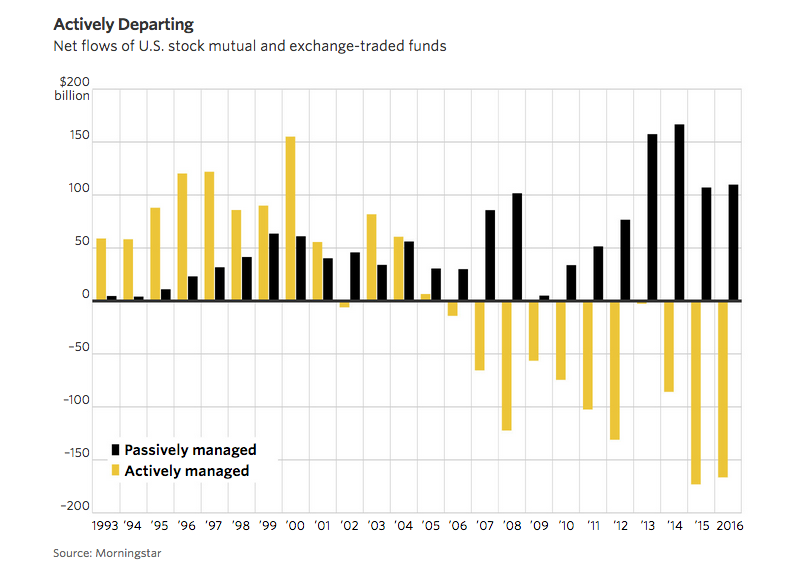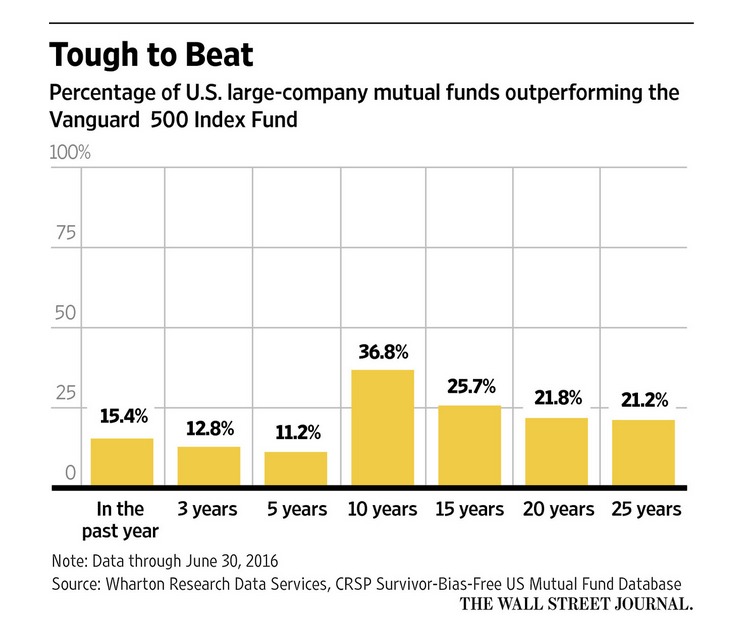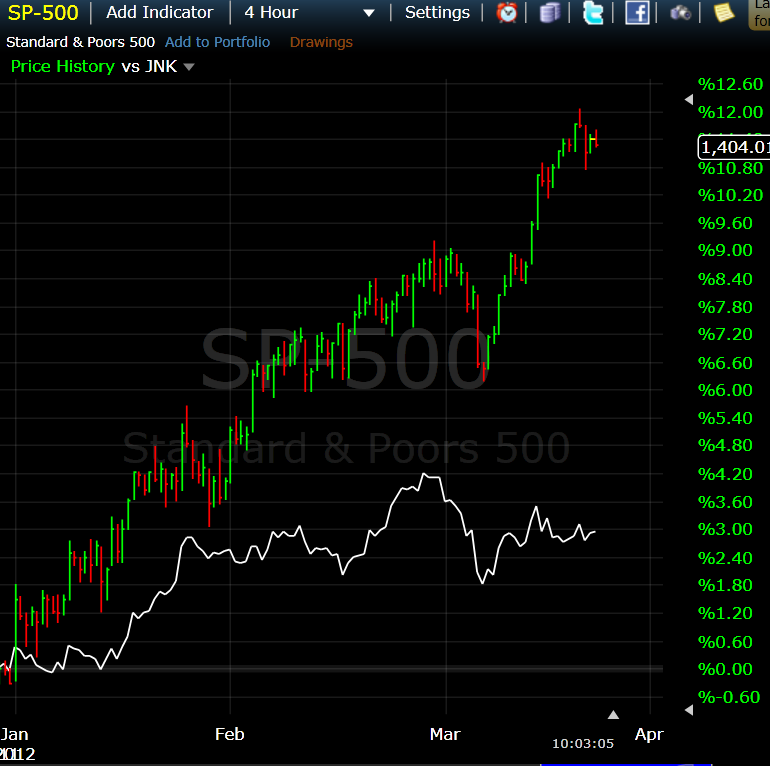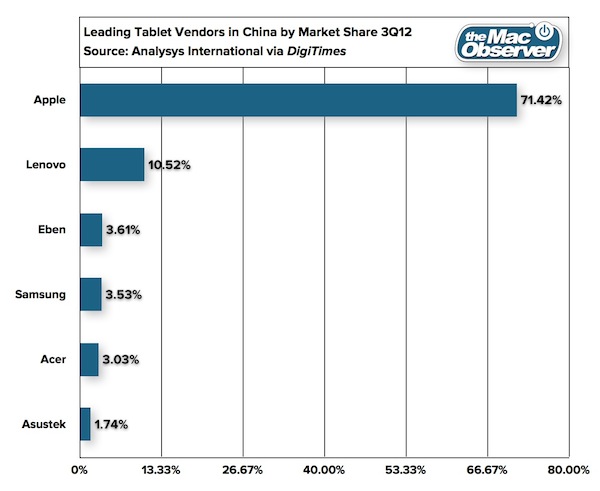Passive investment funds are having their moment.
The Wall Street Journal reports that some $1.3 trillion in capital has gravitated to passively managed mutual and exchange traded funds over the last three years ended on August 31.

To place that number in perspective, though, a majority of mutual-fund and exchange-traded-fund assets, some 66%, are still actively managed, according to Morningstar.
Yet that’s down from 84% a decade ago.

Capital Shift
What’s going on?
Pension funds, retirement plans and individual investors like low fees, steady performance and simplicity.
There’s no denying that in recent years actively managed funds haven’t outperformed passive ones.

Smart beta
If you’re looking for the best of both passive and active funds, some investment advisers have suggested taking a look at smart beta products.
In recent years, smart beta strategies have attracted a sizable following among investors seeking more diversification, better returns and low fees in an uncertain economic climate.
Consider that there are now more than 450 US-listed smart beta products, with a collective $510 billion in assets, according to investment research firm Morningstar.
Beta Unbound
Beta is a volatility measure of an investment relative to the overall market’s performance.
For example, the S&P 500 Index is widely considered a proxy for the US stock market.
If an individual stock or fund moves perfectly in tandem with this benchmark, it is said to have a beta of 1.
In general, a higher beta means higher risk.
Hybrid Approach
Smart beta products use alternative, and clearly defined, weighting rules based on factors, or variables, such as volatility, cash flow, dividends and other metrics in the pursuit of a better risk and return trade-off.
Such products are rebalanced on a regular basis to better meet the smart beta investing goals set by the portfolio manager. The relatively higher turnover, however, does have associated commissions and tax implications that need to be considered.
Smart beta products may be attractive to investors seeking greater factor diversification and investment calibration compared to traditional passive investment products, but without the higher fees that come with an actively-managed fund.
Takeaway
Deciding whether to opt for passive or active funds depends on your investment objectives and appetite for risk.
For many investors, both play a role in their portfolios.
At the moment, though, a lot of money is finding its way into passive products.
Photo Credit: Federico Zanone via Flickr Creative Commons




